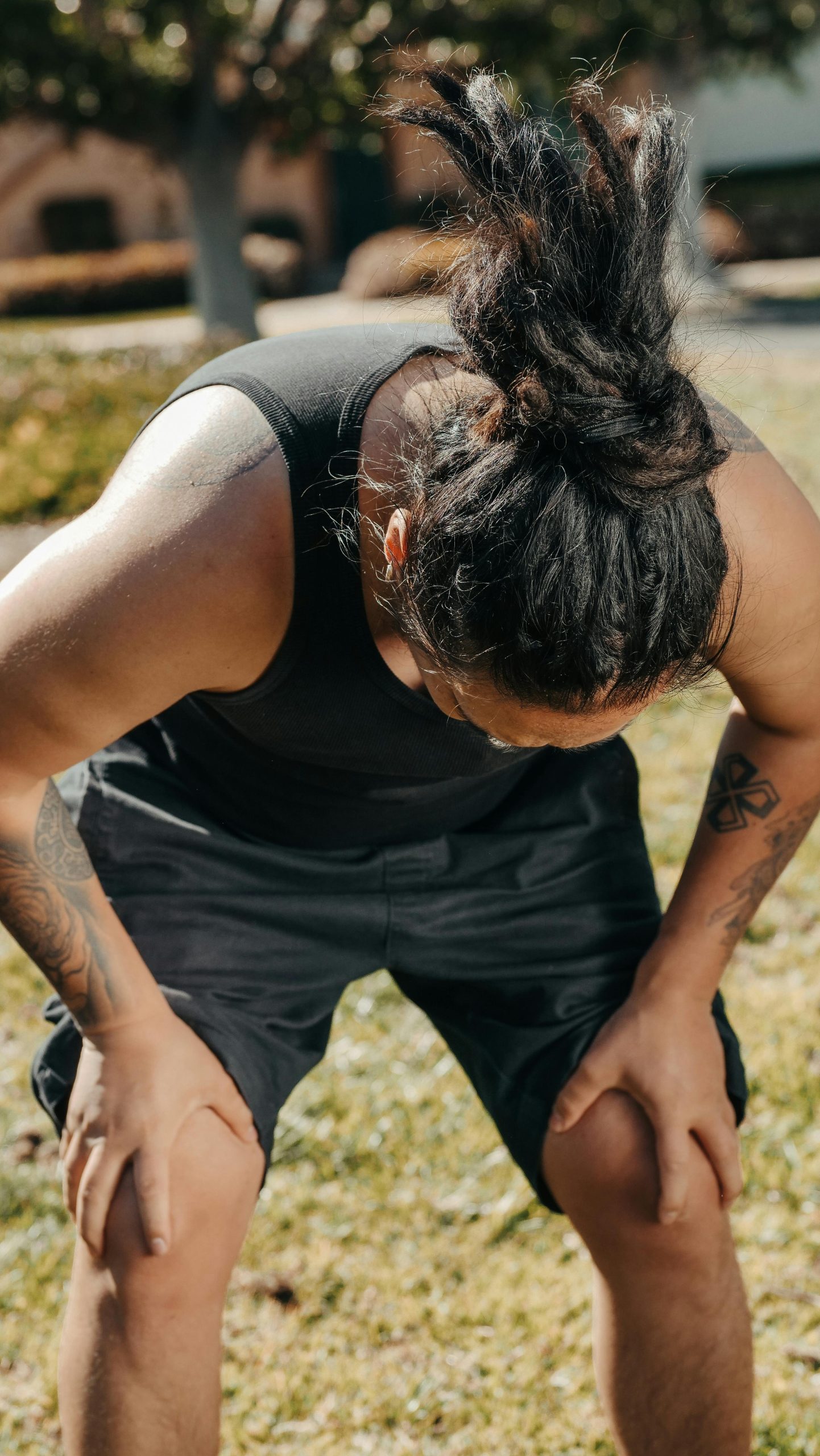Joint pain can be a significant barrier to staying active, whether due to arthritis, injury, or general wear and tear. However, low-impact workouts offer a safe and effective way to maintain fitness while minimizing stress on your joints. These exercises help improve mobility, strengthen muscles, and promote recovery without exacerbating pain. Below, we explore the best low-impact workouts to ease joint discomfort and accelerate healing.
1. Swimming and Water Aerobics
Swimming is one of the most joint-friendly workouts available. The buoyancy of water reduces the impact on your joints while providing resistance to strengthen muscles. Water aerobics is another excellent option, combining cardiovascular benefits with gentle movements that improve flexibility and endurance.
Benefits of Water-Based Workouts
- Reduced joint strain: Water supports up to 90% of your body weight, easing pressure on knees, hips, and spine.
- Improved circulation: Enhances blood flow to joints, aiding recovery.
- Full-body workout: Engages multiple muscle groups without overloading joints.
Getting Started
If you’re new to swimming or water aerobics, start with short sessions (20-30 minutes) and gradually increase duration. Focus on smooth, controlled movements to maximize benefits.
2. Yoga and Tai Chi
Yoga and Tai Chi are ancient practices that emphasize gentle stretching, balance, and mindfulness. Both are ideal for joint pain sufferers because they improve flexibility, reduce stiffness, and promote relaxation.
Why Yoga and Tai Chi Work
- Enhances flexibility: Stretching helps maintain joint range of motion.
- Strengthens stabilizing muscles: Supports joints and prevents further injury.
- Reduces stress: Lower stress levels can decrease inflammation linked to joint pain.
Beginner-Friendly Poses and Moves
Start with simple poses like Child’s Pose or Cat-Cow Stretch in yoga. For Tai Chi, try basic forms like Cloud Hands or Wave Hands Like Clouds. Always listen to your body and avoid overstretching.
3. Cycling and Elliptical Training
Cycling (stationary or outdoor) and elliptical training provide excellent cardiovascular benefits without jarring your joints. These workouts are particularly helpful for those with knee or hip pain.
Advantages of Low-Impact Cardio
- Builds endurance: Boosts heart health without high-impact stress.
- Strengthens leg muscles: Supports joint stability.
- Adjustable intensity: Easily modified for fitness levels.
Tips for Safe Workouts
Ensure proper bike or elliptical setup to avoid strain. Start with low resistance and short sessions, gradually increasing as your joints adapt.
4. Pilates for Core Strength and Stability
Pilates focuses on controlled movements that strengthen the core, improve posture, and enhance joint alignment. It’s especially beneficial for those with back or hip issues.
Key Benefits of Pilates
- Core engagement: Reduces pressure on joints by improving posture.
- Low-impact resistance: Uses body weight or light equipment for safe strengthening.
- Better balance: Decreases fall risk, which is crucial for joint health.
Starting a Pilates Routine
Begin with mat Pilates exercises like Pelvic Tilts or Leg Circles. Consider working with an instructor to ensure proper form.
5. Walking with Proper Technique
Walking is one of the simplest yet most effective low-impact exercises. When done correctly, it can help maintain joint function and reduce pain.
Why Walking Helps
- Lubricates joints: Movement encourages synovial fluid production, reducing stiffness.
- Boosts mood and energy: Regular walks can alleviate pain-related fatigue.
- Accessible: Requires no special equipment.
Maximizing Your Walk
Wear supportive shoes, walk on even surfaces, and maintain a moderate pace. If needed, use trekking poles to reduce knee strain.
Conclusion
Joint pain doesn’t have to keep you from staying active. Low-impact workouts like swimming, yoga, cycling, Pilates, and walking can help you stay fit while protecting your joints. Always consult a healthcare provider before starting a new exercise routine, especially if you have chronic pain or injuries. By incorporating these gentle exercises into your routine, you can ease discomfort, improve mobility, and speed up recovery.
